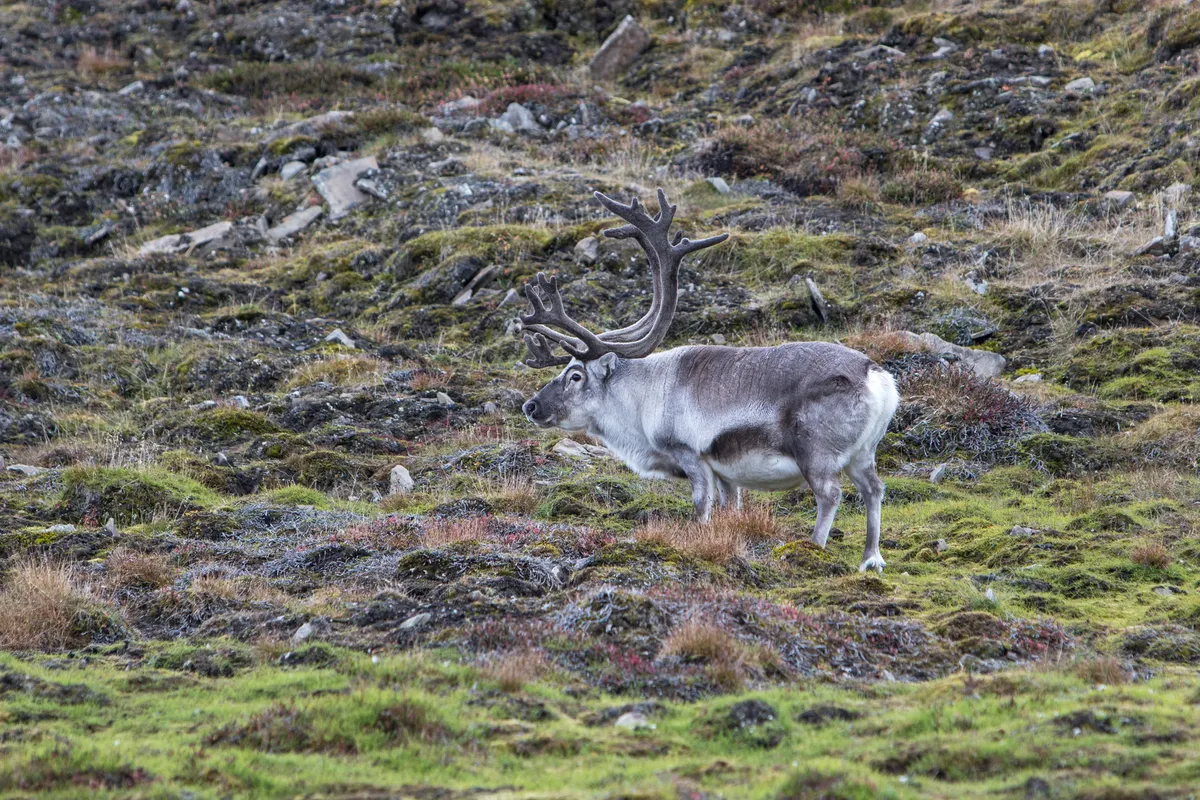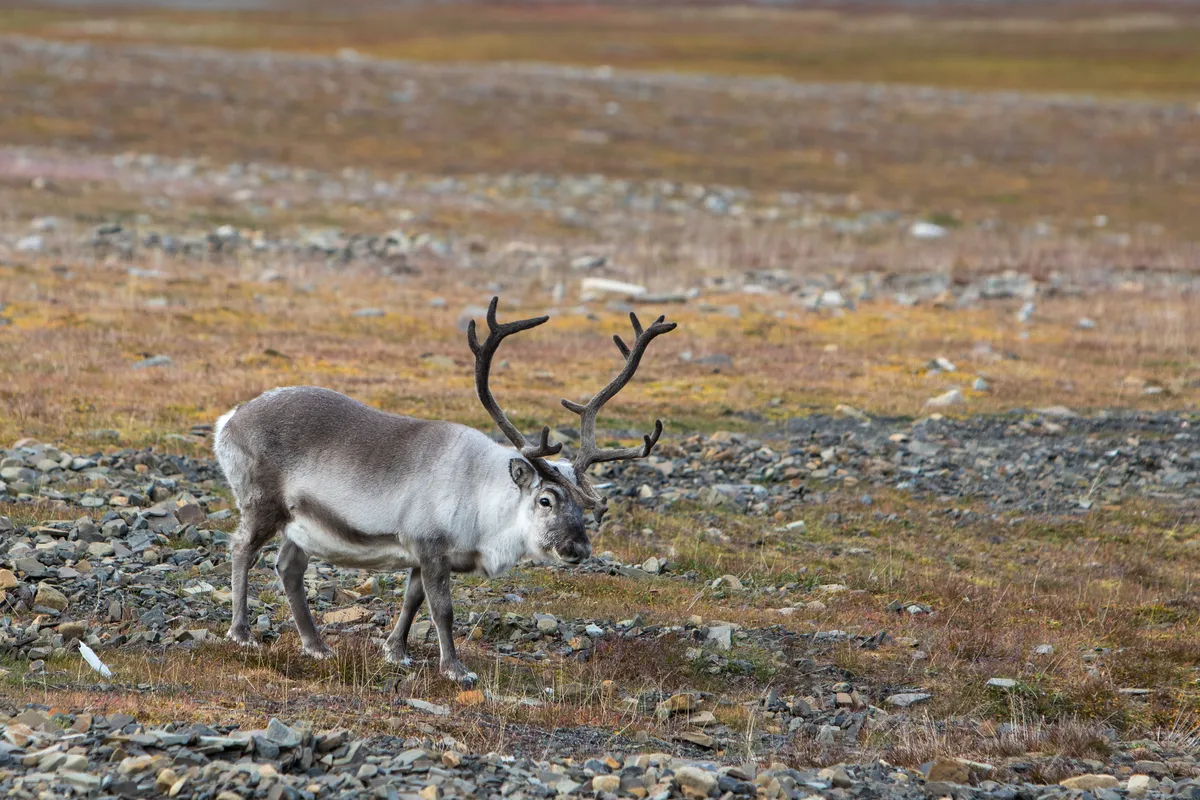Researchers studying Svalbard reindeer have shown that Arctic mammals’ internal 24-hour clock continues, despite undergoing periods of 24 hours of light or darkness is summer and winter.
This internal clock, known as a circadian rhythm, was monitored by measuring the heart rate, body temperature and activity of the reindeer, during a study conducted by a collaboration of European institutions - the James Hutton Institute, the University of Veterinary Medicine, Vienna, the Norwegian University of Life Sciences and the Norwegian Institute for Nature Research.
“Because of how the circadian rhythm is maintained by the night/day cycle, there has been considerable interest in what happens in 24 hours of total darkness during the polar night or 24 hours of light from the midnight sun,” says Professor Steve Albon from the James Hutton Institute.
“How polar animals cope with such extremes and recover from seasonal starvation is fascinating, especially given the impacts of rapid climate change in the Arctic.”

It was previously believed that during sustained light or darkness, the reindeer’s circadian rhythm would switch to a free-running mode.
The new study shows that the circadian rhythm is instead maintained, although it was weakest between mid-June and mid-August.
This seasonal change, during the period of 24 hours of light, would allow for intense foraging to occur, so the reindeer are able to eat as much as possible while food is plentiful.

